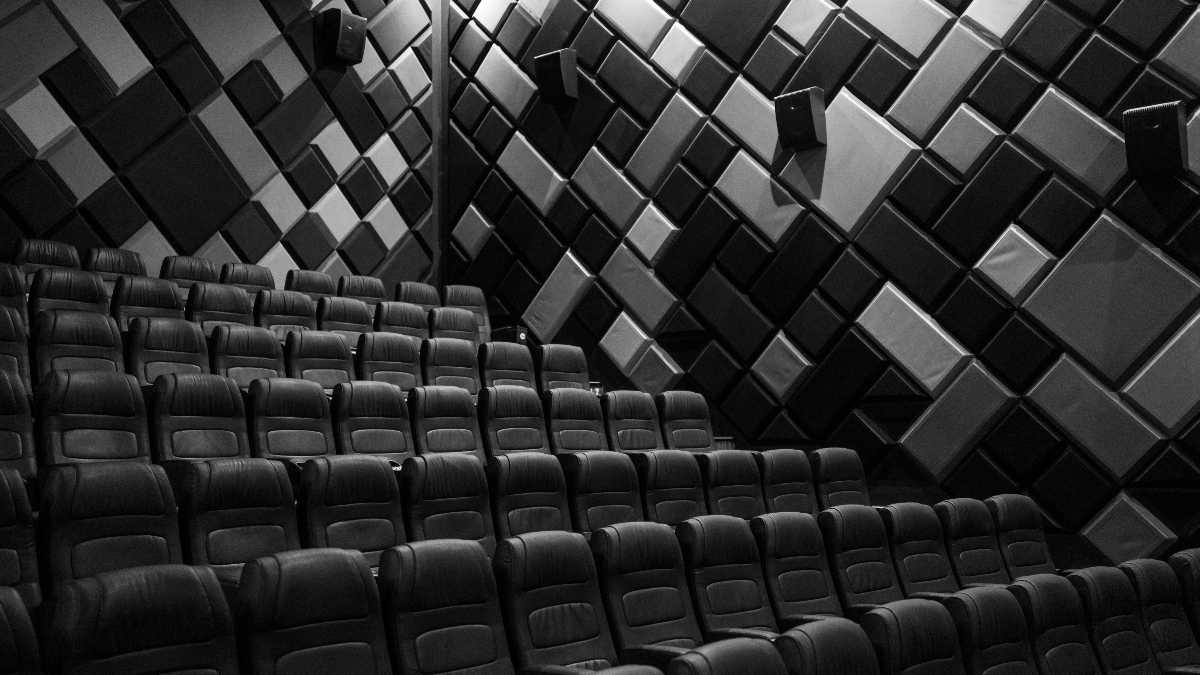 From the end user, the main problem facing immersive audio today is ignorance about the technical requirements necessary to achieve a correct experience.
From the end user, the main problem facing immersive audio today is ignorance about the technical requirements necessary to achieve a correct experience.
Richard Santa
Today society prefers to accumulate experiences. That's why professional audio systems aimed at entertainment have gained traction in recent years. Among others the immersive audio, thanks to the perception of spatiality it provides, enveloping those who are enjoying it.
Immersive audio is not a new technology. Although we are talking about this since it began to be experimented with in the 70s, it has had very specific applications in spaces such as cinemas, home theaters and professional music installations. But in recent years it has become more widespread thanks to streaming.
To delve into immersive audio, its technical characteristics, applications and market in the region, AVI Latin America spoke with engineer Miguel Domínguez, director for Latin America of Genelec, who for the last few years has been working with facilities in different countries of Latam.
"The most normal way to get immersive audio is through multichannel audio systems that surround in different layers the position of the person who is listening. It can also be generated through a pair of headphones and there are two sound sources, left and right, but you can be immersed within the audio. These are the two aspects to have a perception of spatiality that goes beyond the traditional axis on which the 5.1 and 7.1 type systems have been assembled," he said.
Uses and applications
As we mentioned initially, the clearest and most commercial use of immersive audio is entertainment. Movie theaters, home theaters and even some auditoriums have installed this technology. But in recent years, the advance of image quality towards 4K has also led to an improvement in sound, achieving a greater market for immersive audio.
In this regard, the representative of Genelec said that video on demand platforms have allowed to awaken greater interest in immersive audio, because its use is widespread.
"Today there are platforms like Netflix, to give an example, that with the production companies with which it has a direct collaboration or its own production companies, uses our brand for 7.1.4 formats and external producers must also deliver in this format. But that part of the production is being standardized quite a bit towards Dolby Atmos or immersive sound format systems."
He added that "At the simple moment in which the viewer has a TV that is capable of encoding one of the immersive audio systems, the streaming platform will allow him to extract the sound from that immersive audio. That's a feature of the coding that immersive audio systems generate, as it's object-oriented, it allows the playback of that immersive audio to adapt to the playback channel."
Technical requirements
Miguel Domínguez gave some basic recommendations to achieve a correct installation of an immersive audio system:
Generate spatial perception in several axes. In a three-dimensional concept of the axes, that is, that it is not heard only in a plane, which would be a bit what a traditional stereo or multichannel 5.1 listening is. That there is a perception that sound sources come from different sources and axes within space.
That can be generated using temporal processing of the signals that can simulate spatiality, applying delays, delays in the signals on different components and playing with levels and delays can generate a much more specific way, assembling systems that have point sources of sound located in different axes of space.
This is how an immersive audio of the best known systems such as Atmos, Auro 3D, or different multichannel audio formats that are on the market today, in which there is a layer at the height of the ear, another upper layer and the same signal source can be coming out at different points or sound sources located in space at the same time.
Another aspect is to use that same encoding of such formats to be played only in a traditional LR system, which could be a headset or a stereo sound system. That's one of the interesting things that immersive sound coding systems on the market right now allow.
Those would be the essential ways. Then there are other formats a little more experimental focused on music and live music playback that would be based on concentric rings. The idea would be to make a kind of sound dome in which, in certain parts of space, it is as if we imagined a globe where there are latitudes and longitudes, imaginary lines and on those lines we place sound sources that are the speakers and monitors and form concentric rings that rise in space and make up the dome. Such systems are used to make immersive, synthesizer-based, more experimental music. There are several projects, including in Latin America, including in Colombia, at the Universidad de Los Andes.
User Experience
From the end user, the main problem facing immersive audio today is ignorance about the technical requirements necessary to achieve a correct immersive experience. It is essential to have a professional who is responsible for installing and configuring the entire system.
Miguel Domínguez stressed that a person who wants to install an immersive audio system requires a preamplifier and a number of speakers to distribute them throughout, width and height of the place and that allow to generate that feeling of spatiality.
"If someone in your house wants to love a Dolby Atmos system with a dozen monitors playing, from the outset, at least, you have to spend $ 2,500 on the preamp, in addition to a dozen small monitors that can cost about $ 4,000 of a good brand. there are other systems with cheaper monitors. At least about $5,000 should be invested in the installation of an immersive system."
Another way to achieve immersive audio for an end user is via streaming or via bluray, many devices already come with the ability to decode immersive audio, such as the Apple TV and saves the preamplifier. In the market there are also televisions and video game consoles of the latest technology with the ability to decode these signals.
A mobile device, such as a tablet or smartphone, can achieve some features of immersive audio. For 4 years Dolby Atmos has an application that allows you to decode Atmos on a mobile device. But, the difference is the multichannel audio playback with a greater number of channels and sound output located on different axes of the space and another is the encoding and decoding of those systems.
The director of Genelec commented that you can create content for cinema or video on streaming platforms based on a 7.1.4 format or even larger, but by encoding it is doing object-oriented programming and that is encoded in such a way that the system will be able to adapt to the playback channels it really has.
So, on a mobile device, if you have any app that is capable of decoding that Dolby Atmos and playing it through the headphone output, you'll have some level of immersive feel. It is assumed that it will not be with the level of detail, spatiality, sensation, perception that you may have with the speakers physically located in a room, but some immersive feeling is going to be had. The system is able to generate an immersive sensation from two channels, another thing is what can be preferred.
"We at Genelec sell more systems for the production of immersive audio formats. The reproduction part, for us from the point of sale is irrelevant, although we could sell the systems that people install in their house, but there they should have a certain purchasing power. In November 2018 I made a list of Preamps with Dolby Atmos encoding and updated it in March 2021. More or less the same brands continue to manufacture with values ranging from 2,500 to 20,000 dollars," he said.
Immersive audio in Latam
In Latin America there are countries that have been pioneers in immersive audio, mainly driven by broadcast and video production. In Brazil, TV Globo in particular broadcast Rock in Rio in 2017 with Dolby Atmos. "I was there at the TV Globo facilities and they had put together a 7.1.4 system, making a specific mix to encode it in Atmos and that could be played at that time in 2,000 decoders, that is, 2,000 systems in the country, call it a preamplifier, smart TV or any device that was able to understand that Dolby Atmos. Today a 4K TV is capable of playing Atmos."
In Mexico Televisa is also using it, but those who are using it the most without maybe it being noticed so much are the producers that make content for streaming platforms. And the majority driver of immersive sound productions is Netflix, because it asks for a series of patterns of how that new content has to be able to be played through its platform. And they're asking for it to be through Dolby Atmos.
Immersive audio is much more crowded than it seems. There are already equipment in chain stores that have the necessary technology to reproduce a signal that reaches you with Dolby Atmos, which by default will be immersive audio. Another thing is that you have the equipment to play that immersive audio.
"I'm not quite sure it's going to get massive. And the doubt I have not so much because of the access to technology, but because in reality we have been able to listen to 5.1 in our homes for decades and the most that is achieved with the common of the customers is that they go to a chain warehouse and buy a 5.1 system but locate all the speakers on the front shelf above the TV, without placing them at the right point. One of the main problems is not the cost of the multichannel audio system, but the location by speaker, the distribution of the wiring, for which an integrator is required to install the system, "said Miguel Domínguez.
More than the cost or access to technology, the real limitation of immersive audio is ignorance. Today there are broadcasters in which their sound artists face the challenge of having to go from working in mono to Atmos, which is crazy. There are television channels that will have difficulties from the technological point of view with this evolution in the audio part. That difficulty is quite complicated to save.
The representative of Genelec concluded that "The massive implementation of immersive audio will focus on the way of watching television especially with the new generations in mobile devices and streaming. And to use mobile devices requires a headset, which will become the source of immersive audio playback for a majority of viewers. And then there will be a minority who will want to sit down and watch a movie with a good screen, and with sound as best they can, but they will still be a minority. The driver of immersive audio is video streaming, it is very clear. If not, I believe that even technologies that can be considered to be overcrowded such as Dolby Atmos, would not have even been implemented."




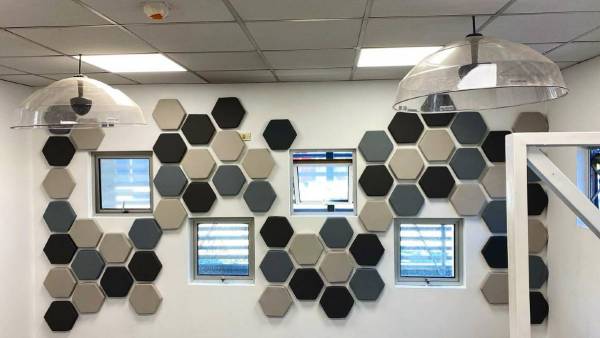
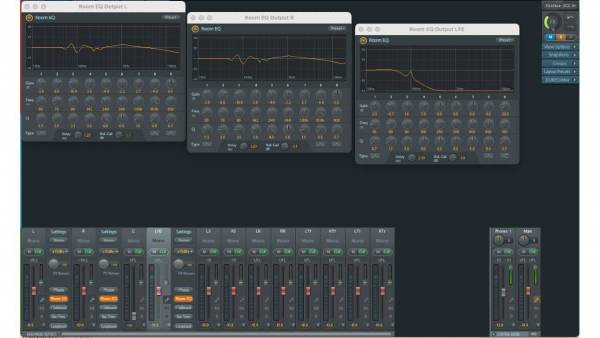

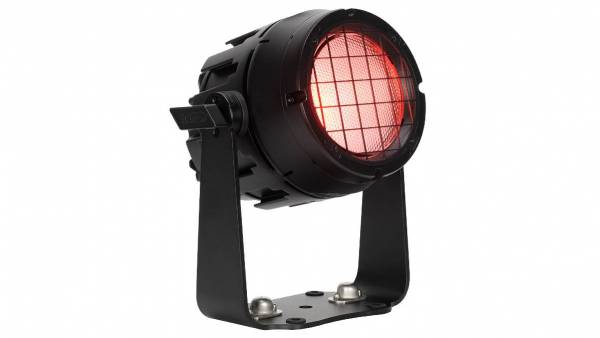
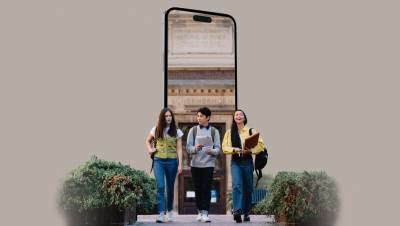







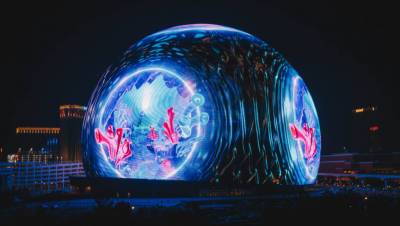

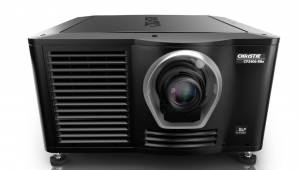







Leave your comment